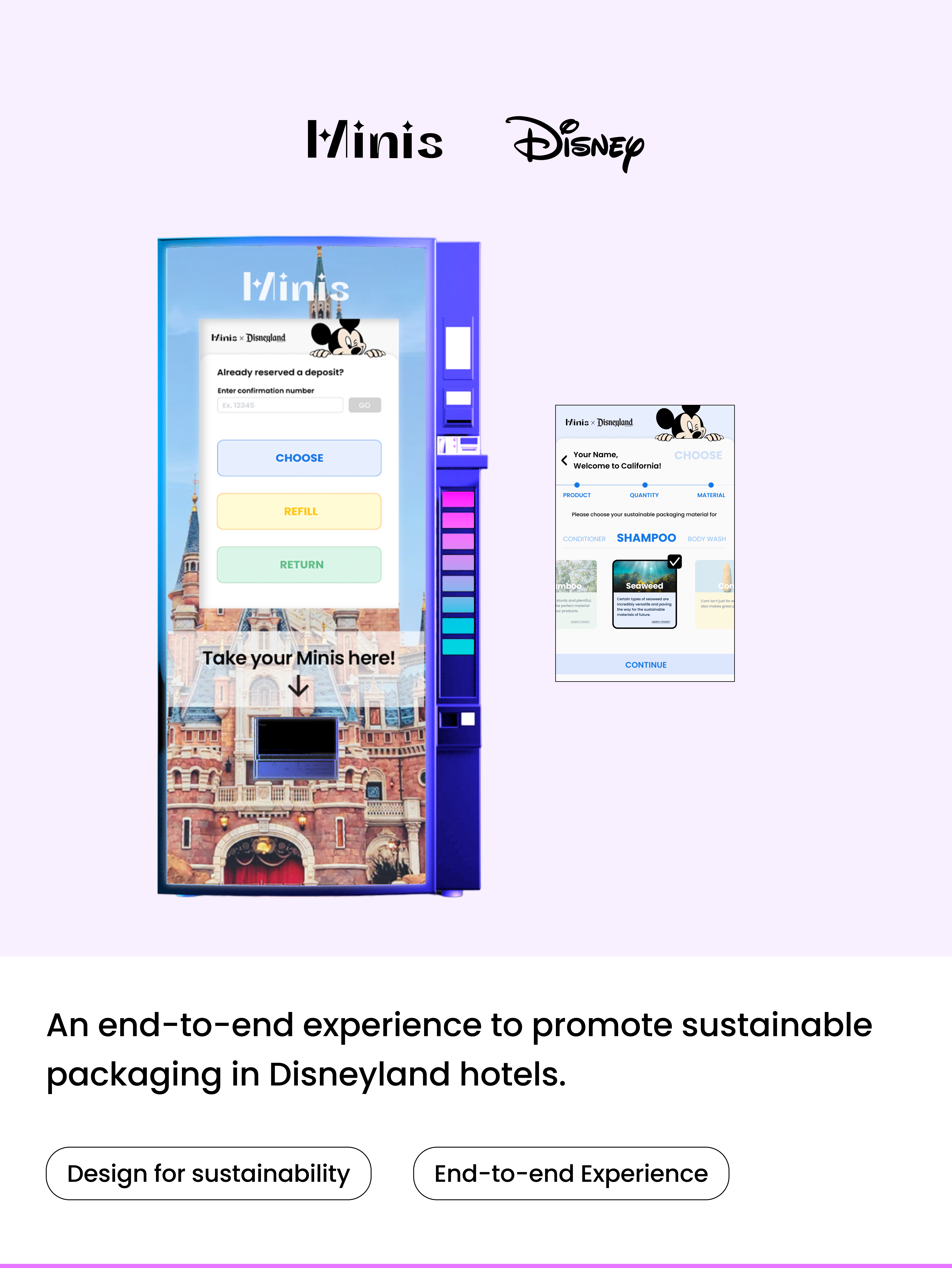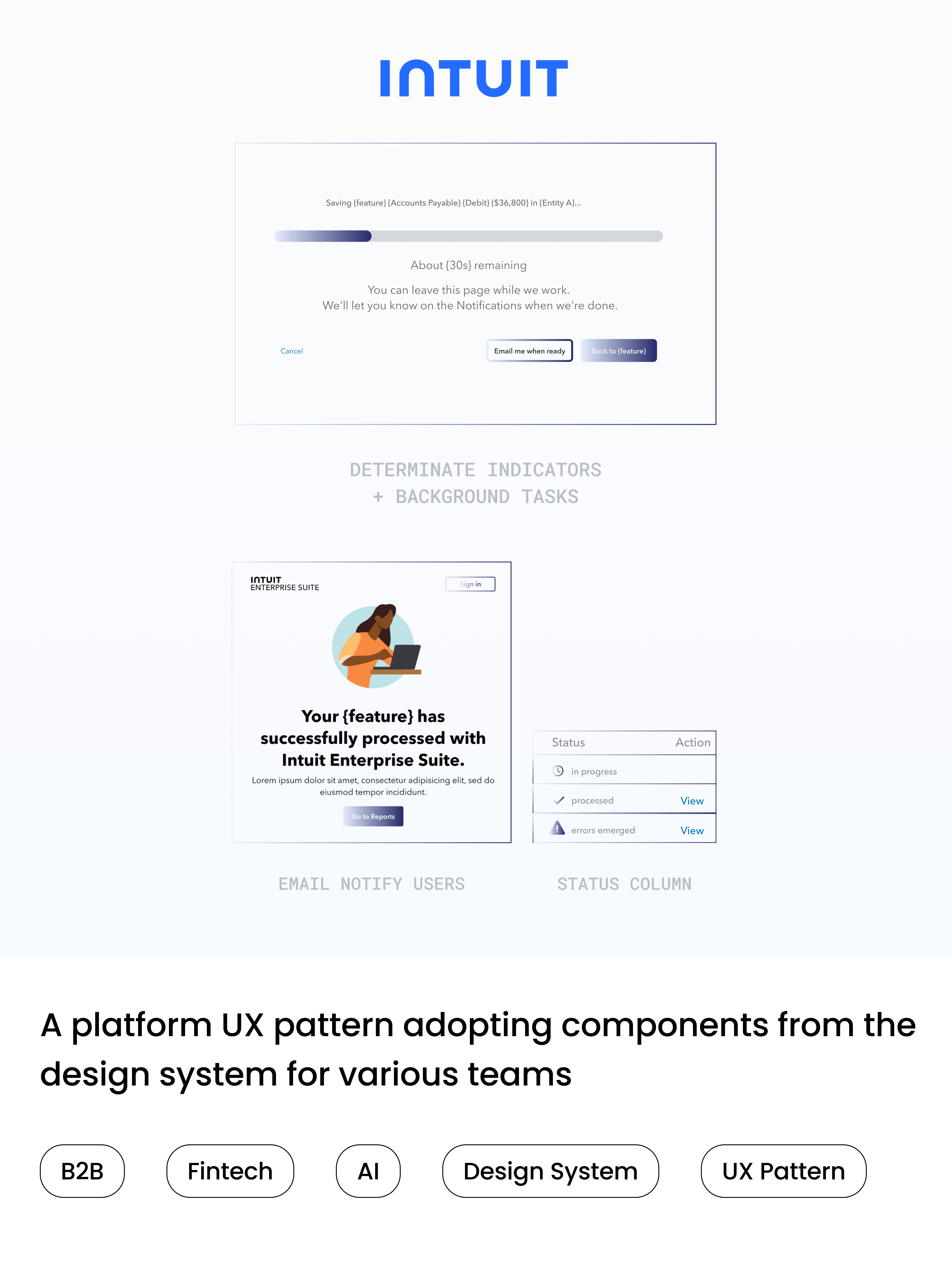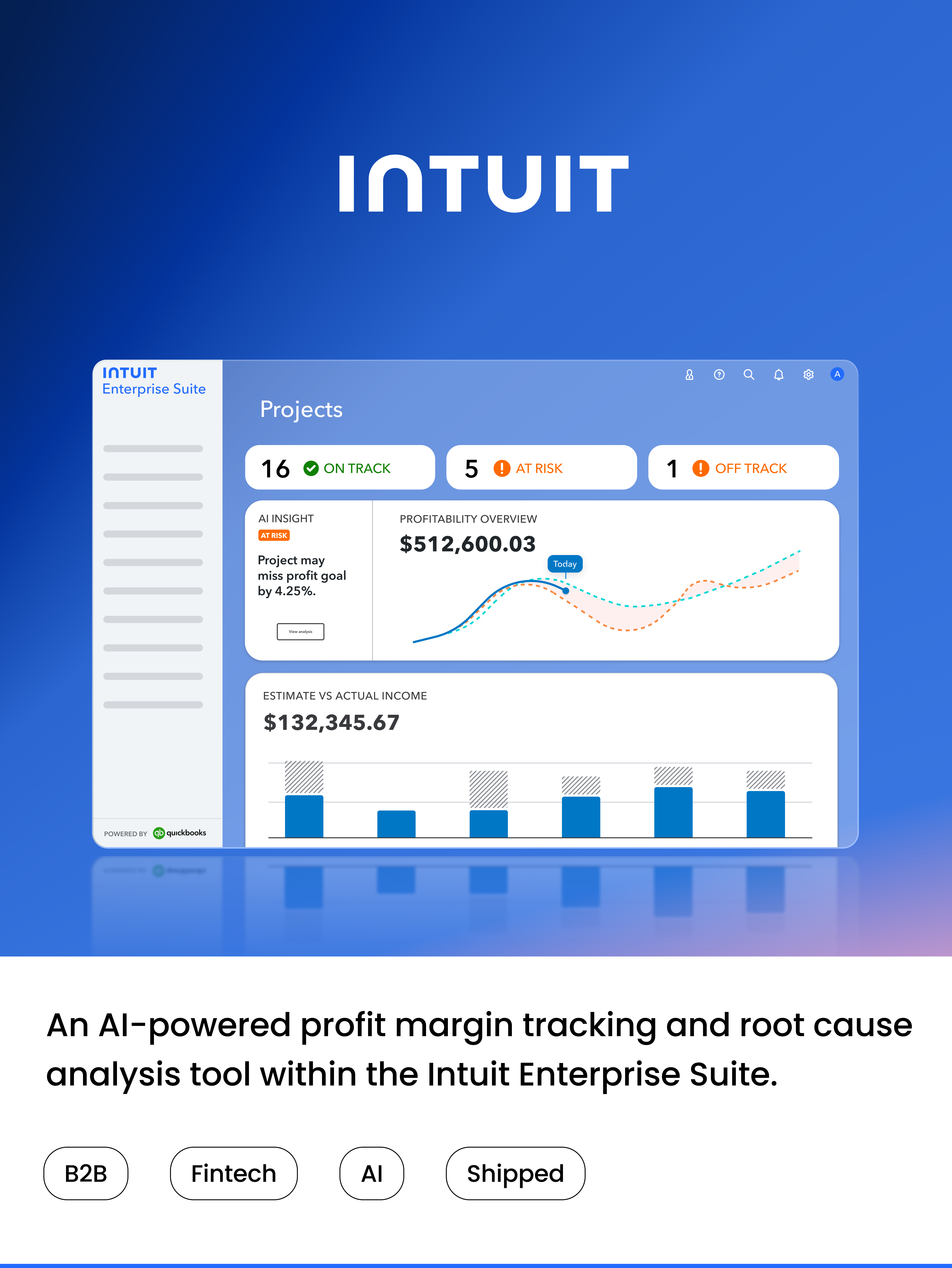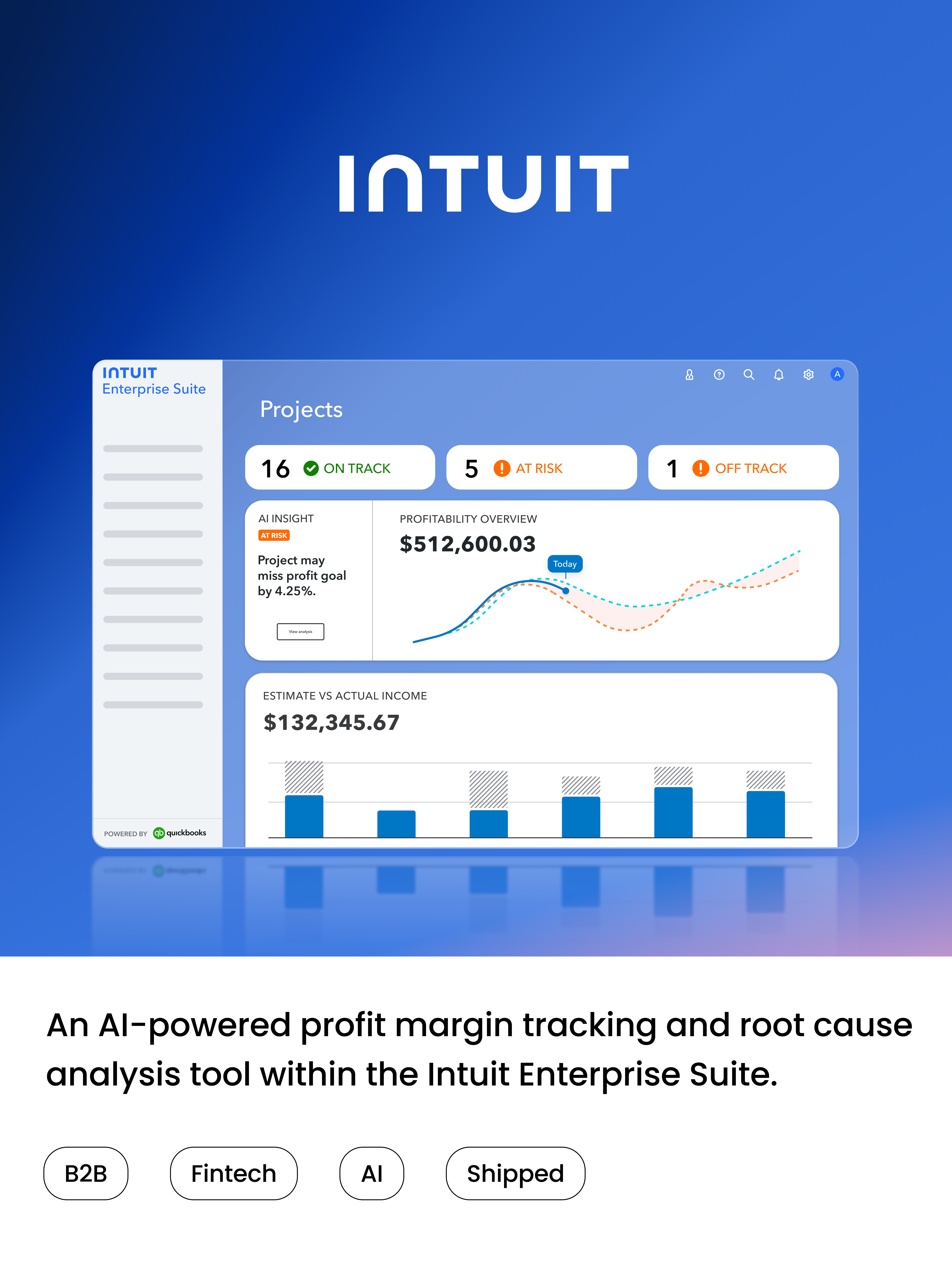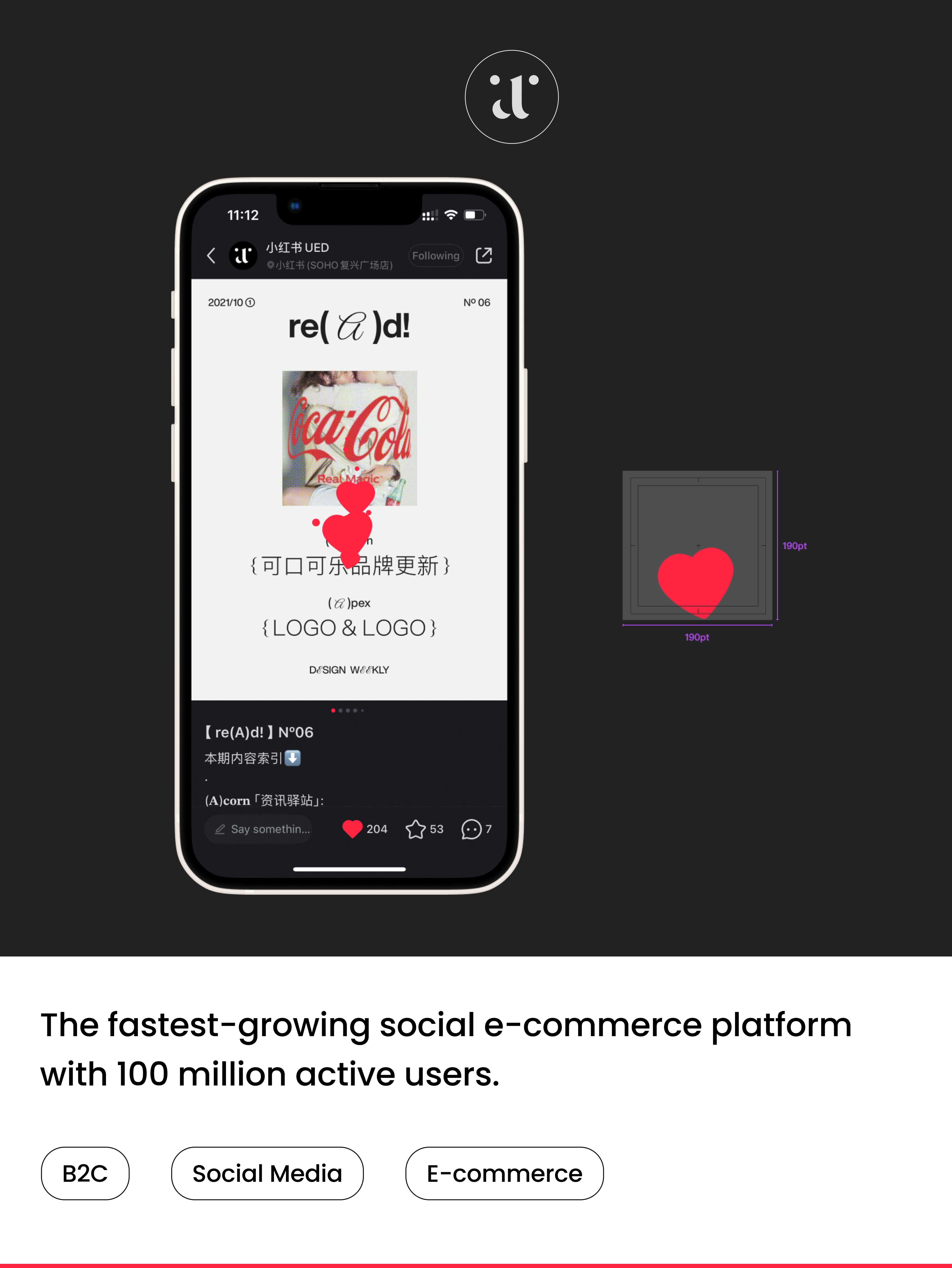Role: UX Researcher & Designer
Team: Catherine Tao, Flora Nong, Ming Xu, Hitasha Mehta, Poornima Sheoran
Timeline: March 2024 - Now
Tools: Figma, Miro
My Contribution:
1. Conducted in-depth research by interviewing 20+ professional and family caregivers
2. Led the UI/UX design for the CareMi app from 0 to 1
3. Iterated the AI features based on usability testing with 15+ users, improving task efficiency
The CareMI app is made for caregivers of Alzheimer’s patients. It helps them manage patients and stress for their psychological well-being. CareMi was nominated for the UX Design Awards and won the Muse Design Awards Golden Winner.
Research
Secondary research
To better understand our target audience, we began with secondary research. We discovered that Alzheimer's disease affects over 6 million people in the U.S., with more than 11 million caregivers providing unpaid care for those with the condition.
Primary Research
Following the secondary research, we conducted interviews with Alzheimer's caregivers and identified the problems they are facing. 👇
The Problems
1. Coordinating patient care is stressful and exhausting for Alzheimer’s caregivers.
2. Support systems; in the form of tools and resources, are insufficient and inefficient for Alzheimer’s caregivers.
3. Lack of community support and empathy for the challenges faced by Alzheimer’s caregivers.
How Might We
How might we support Alzheimer’s caregivers in managing stress and accessing resources to improve their well-being?
Competitor Analysis
When doing competitor analysis, we focused on both direct and indirect care support and profit and non-profit organizations. The five major competitors are Alzheimer’s Association, BetterHelp Carebridge, Care Predict, and Tena.
Next, we identified the core values of our competitors and used a Blue Ocean Strategy map to visualize them. By analyzing 15 key values, we uncovered opportunities to develop 'blue oceans'—uncontested, emerging markets. For our solution, we saw potential to enhance areas such as Personalization, Community Engagement, Respite Care, Incentivization, and AI integration, while reducing emphasis on Monitoring tools.
User Profile
Family caregivers and professional caregivers are the target audience.
Ideation
During the ideation phase, we facilitated co-creation workshops with Alzheimer's caregivers to deeply understand and prioritize their needs and preferences. In these sessions, we presented a set of feature cards, each outlining a potential solution, and asked participants to rank them based on their relevance and value.
Product Positioning
The core features of CareMi include Patient Management, Support Resources, Community Connection, and Incentivisation.
Information Architecture
Design
Wireframes
Based on the core features, we had a low-fi design.
Design System
CareMi’s design system ensures clarity, consistency, and ease for caregivers. High-fidelity prototypes feature intuitive navigation, accessible typography, and calming colors, all refined through caregiver feedback to create an empathetic, seamless experience.
Iteration
In the second round of usability testing, we iterated on the Ask CareMI AI feature by adding a gradient border to the CTA and AI insight card, as well as gradient stars to distinguish it from the previous UI.
Final Prototype
Final Product Video
Next Steps
1. Focus on enhancing CareMi’s AI capabilities based on the feedback collected during initial testing.
2. Develop advanced features tailored for professional caregivers and healthcare institutions, including predictive analytics and real-time patient monitoring.
3. Continue user testing to ensure the new features meet To-C and To-B needs.
2. Develop advanced features tailored for professional caregivers and healthcare institutions, including predictive analytics and real-time patient monitoring.
3. Continue user testing to ensure the new features meet To-C and To-B needs.
Reflection
1. Balancing Functionality and Simplicity: Created a robust app while keeping it user-friendly for caregivers who might be overwhelmed.
2. Innovative Features: Designed AI features for CareMi, which was the highlight of this project. This work allowed me to explore and research AI UX patterns.

